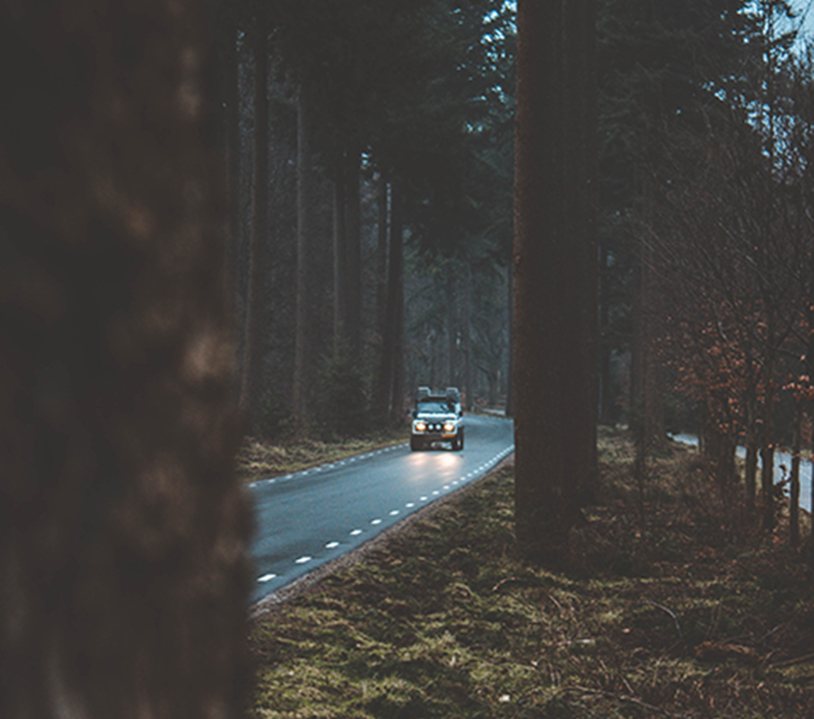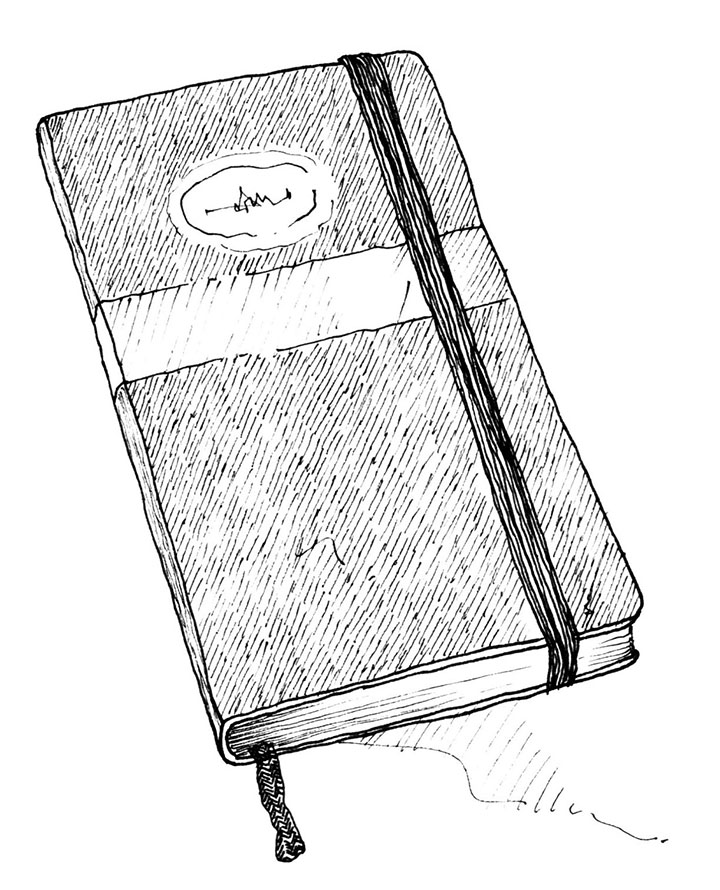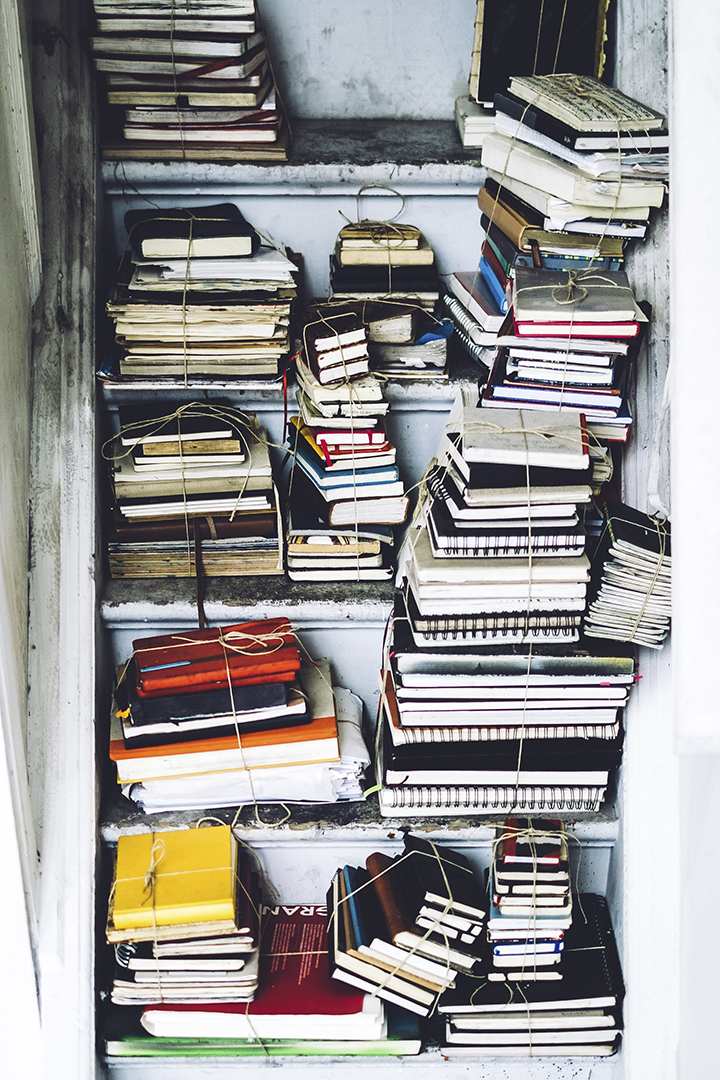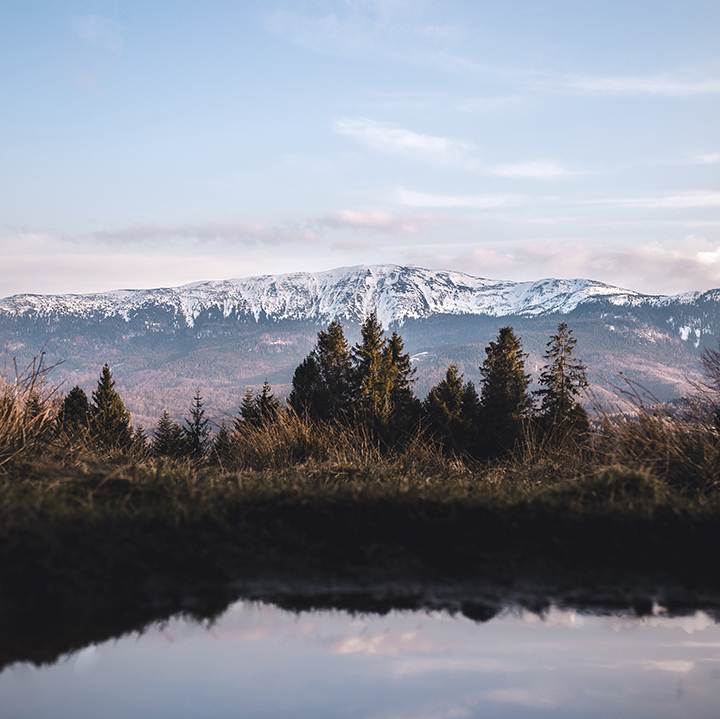By Daniel Nielson
In the latest blog post from the team behind the Travel Writer’s Field Guide, we cover how to make the most of your time on the road, and the tools and gadgets to get the job done
The road is where we become travel writers. The excitement of the new, the unexpected, the raw. The chance to wash your mind of the minutiae of daily home life and spring into a new world, a new culture, fizzing with inspiration, with friends not yet met, with sights as yet unseen. Even in a 30-flight year, the hours in the airports and (even more evocative) train stations barely seem bothersome. Life’s Rich Pageant is there to see.

1/ Planning
Successful travel articles need to be planned before you dig out your passport. Rare, perhaps unheard of, is the editor who will turn around and say: get on that train and see what you come back with. What is most likely is that you’ll touch down in the country with a specific article or articles to write. By the time you’re walking through customs, you should have a clear idea of how to structure those articles. Of course, plans can and will change – that’s the fun of travelling – but arriving in a country with as much in place as possible will make researching and writing the whole piece much more manageable. The essential elements to planning are:
a/ The scene structure. Over a 2,000-word article, you’re looking at around 5-6 scenes. Have a few of these sketched out before you leave. The article’s focus will dictate many of the scenes: a new museum, a cultural event, reaching a mountaintop, an interview with a park ranger or a chef.
Just like in a movie, your opening shot is critical: it sets the pace and the context, and after it, everything flows. It’s often a shot from above; a zoomed-out scene. Organise a trip or find a place that could give you this shot.
b/ Contacts. If you’re going independently, make connections with people who can help with information and places to go and, more importantly, become someone to quote. These contacts could also turn into the protagonist, the person whose story can drive the whole piece.
c/ Time. Think about the time you have and where to spend it. Prioritise the elements of importance for your story. Interview the characters who are most important for your story first. Do this early on, and you’ll have a much more relaxing trip when you have your ‘story’. Even if it’s not a character-driven piece, endeavour to get the kernel of it early.
d/ Kit list. As regular travellers, we barely unpack, but our kit list refines over the years. Here are a few things I take above the usual stuff:
– Laptop (MacBook Air), adapters and chargers.
– Camera (Sony A7 for stills and video), lenses and spare cards, Joby Gorillapod.
– Portable recording device (Zoom H4n Pro) and BOYA BY-M1 3.5mm lavalier microphone
– Logitech Keys-To-Go keyboard for writing on the phone
–
LaCie 2TB Rugged Portable Drive (if I can put it in a separate case) to
back up photos and video, but also store any large magazine files I may
need to work with. I save all my articles on Box (never Dropbox!) and
Google Drive.
– LifeStraw water filter.
– Plenty of merino clothing that doesn’t smell so much!
– Notebook and pen.
– Smartphone.
– Aeropress: because you can never be without good coffee. And usually a spill-proof coffee mug.

On the ground
Once
the arrival preparation is out the way, it’s time to build the blocks
of the article. It is a delicate balance between being structured and
allowing the destination and, most importantly, its people to shine
through.
a/ Find local colour. It’s always worth that extra effort to put yourself out there. Book that fishing boat ride and be sure to stay up late for the concert. Go to the baseball game, talk to your waiter or shopkeeper, and record those conversations. The story can come from the most unlikely sources.
b/ Take photos. Whether or not you’re taking pictures for the article (and it’s hard to think like a photographer and a writer at the same time), a great technique is to photograph everything for your memories because, as experience tells us, you won’t be able to remember every detail. Along with the notebook, these provide the minutiae for the article that offers the reader a sense of ‘being there’.
c/ Find events. Pick up flyers and take photos of posters for events. Whether you’re writing about cities or a camping trip, anything that is rare or unexpected is worth visiting. A country fair or a steam engine rally, a jazz festival or a new exhibition are all places to find elements out of the ordinary that can bring your story alive.

d/ Take notes
There
arrives a stage on a trip when the notebook is the most valuable item
you own, more than that fancy laptop. The notebook records your thoughts
and ideas, good lines that have come to you, and the structure for the
articles you’re writing. Interviews and quotes are hastily scribbled in
there. Packed in its leaves are tickets, flyers and business cards. To
lose the notebook at a late stage is to lose several articles of
material. Look after it or ‘back it up’ by taking pics of the pages.
